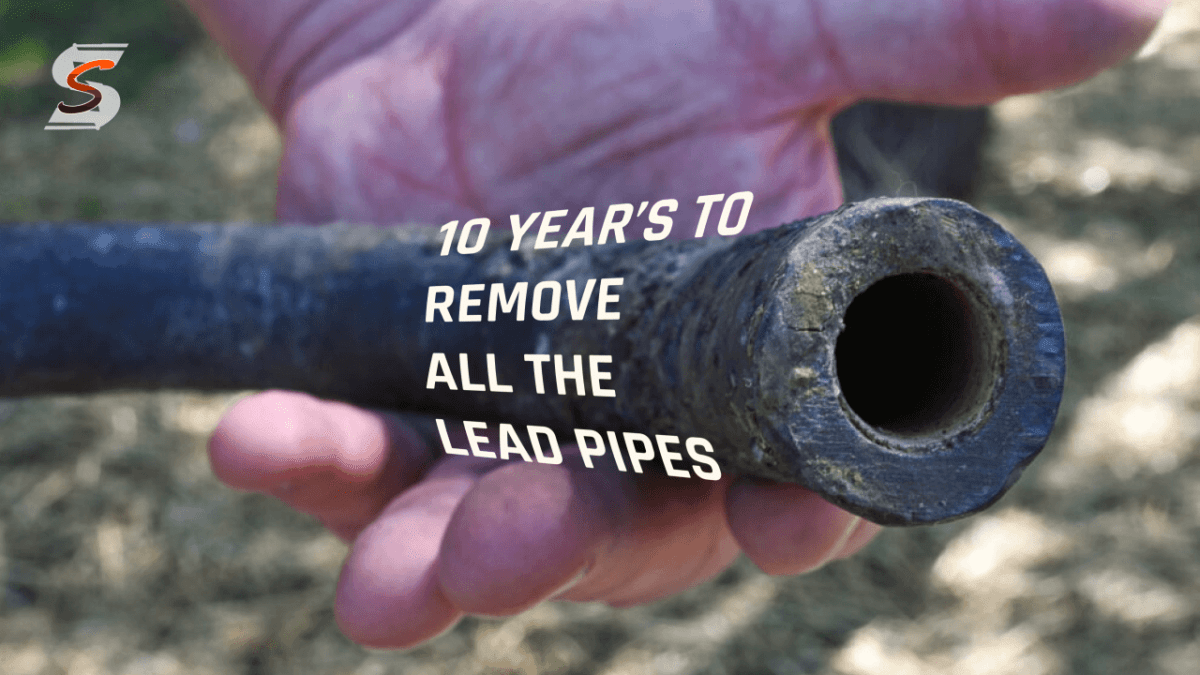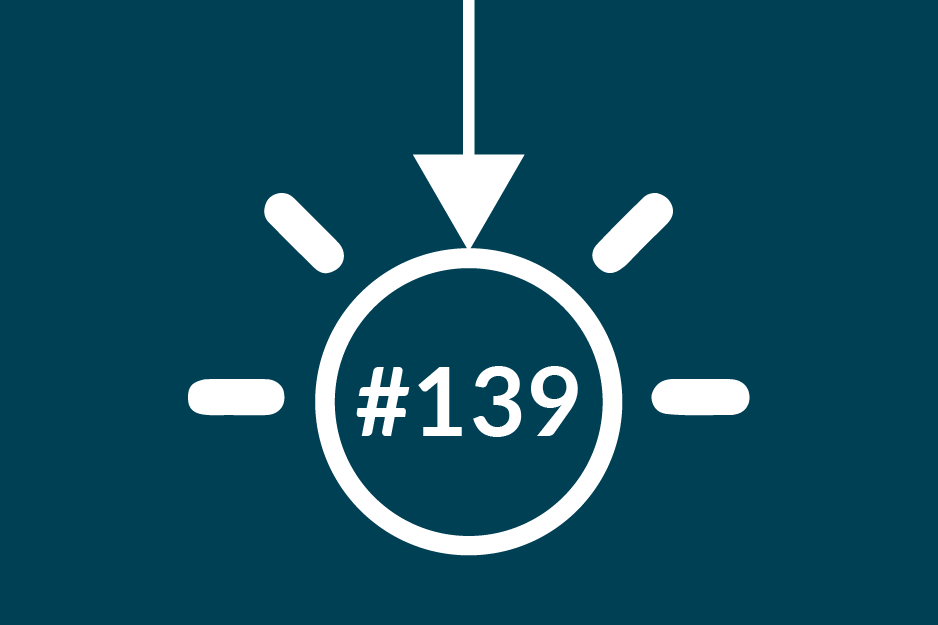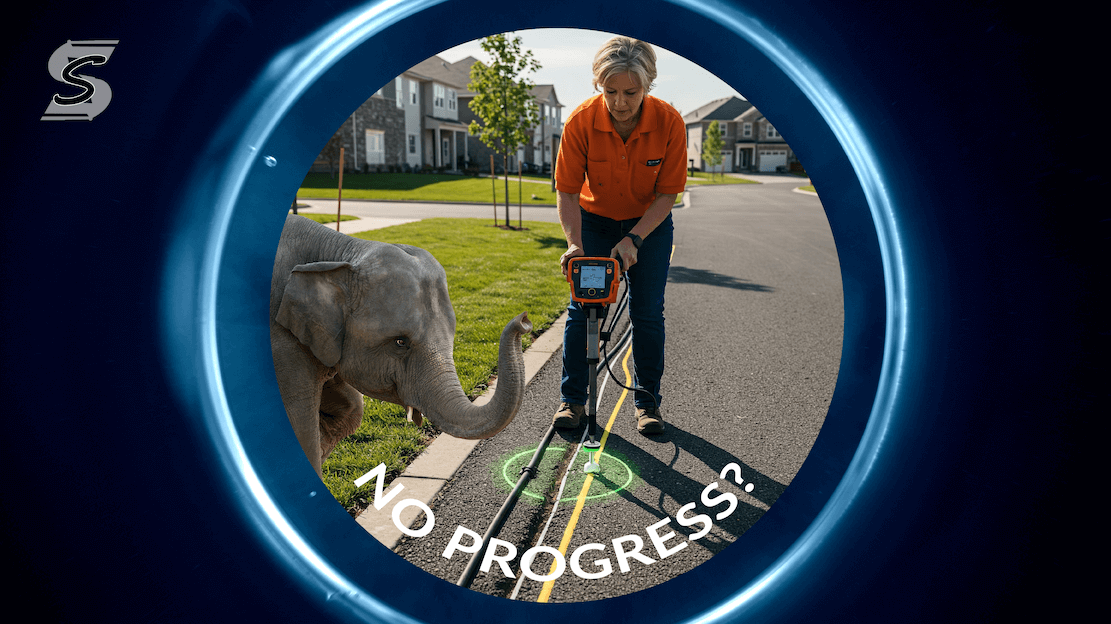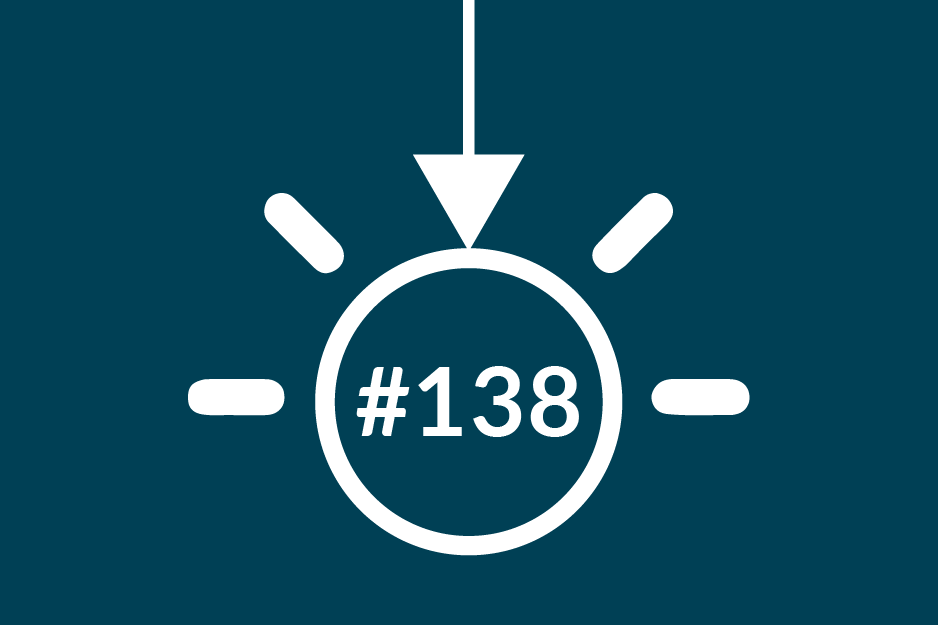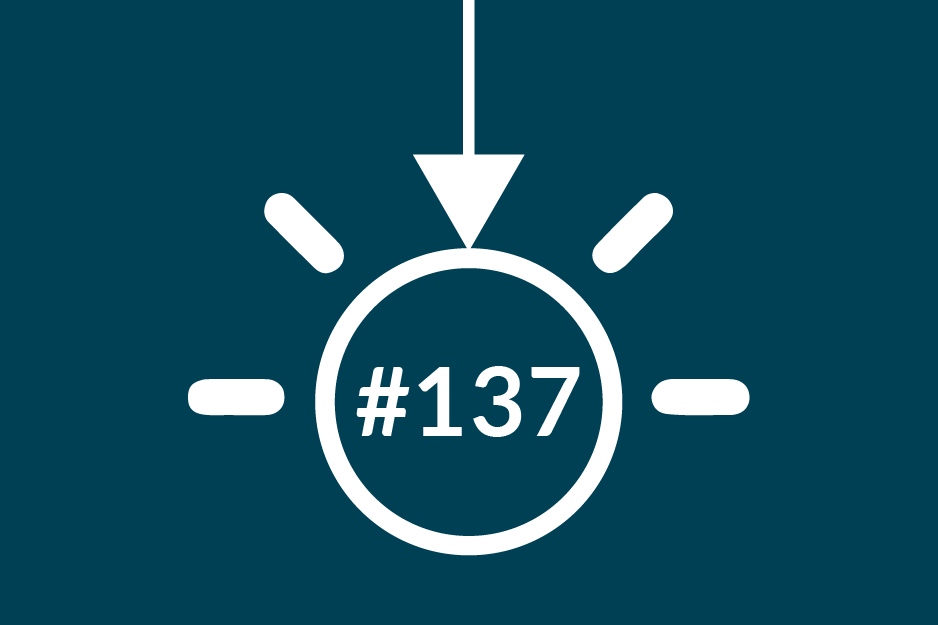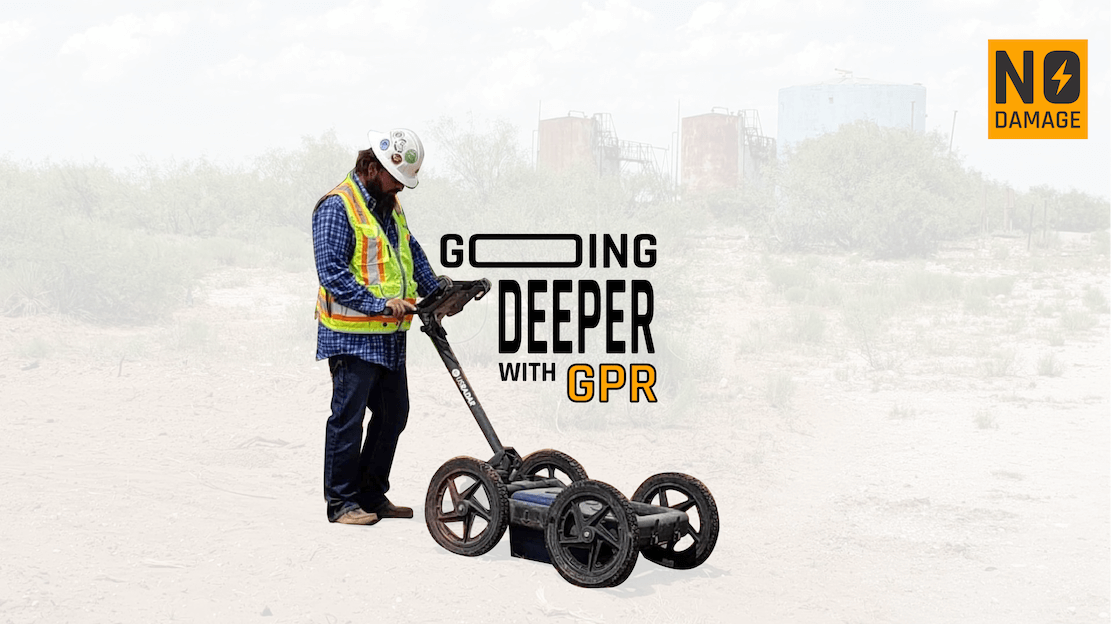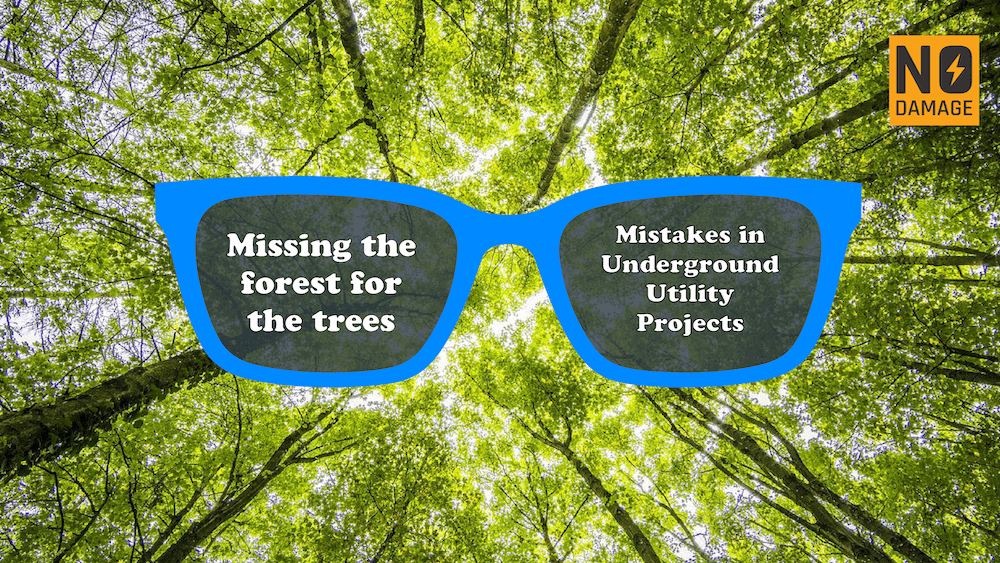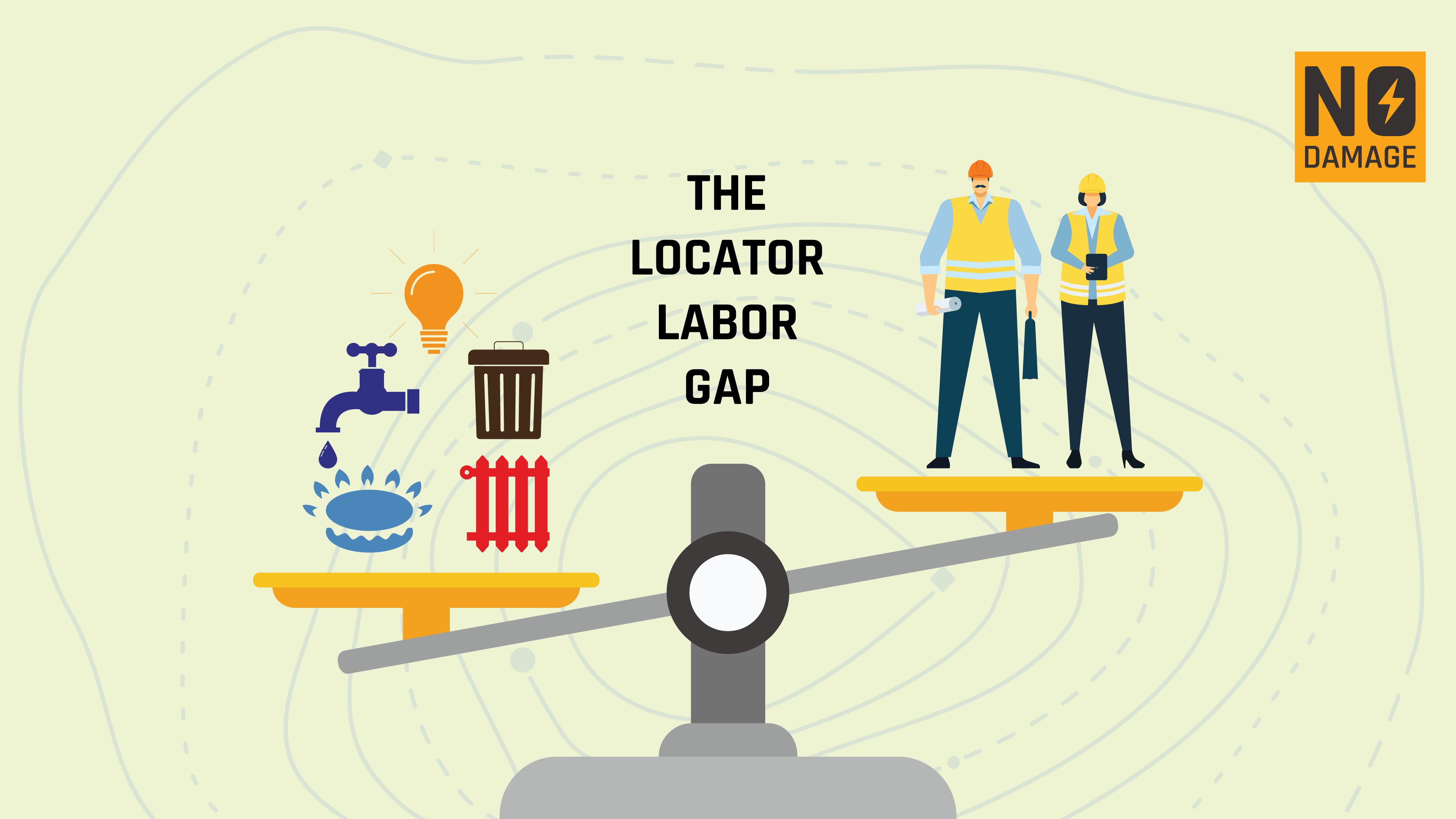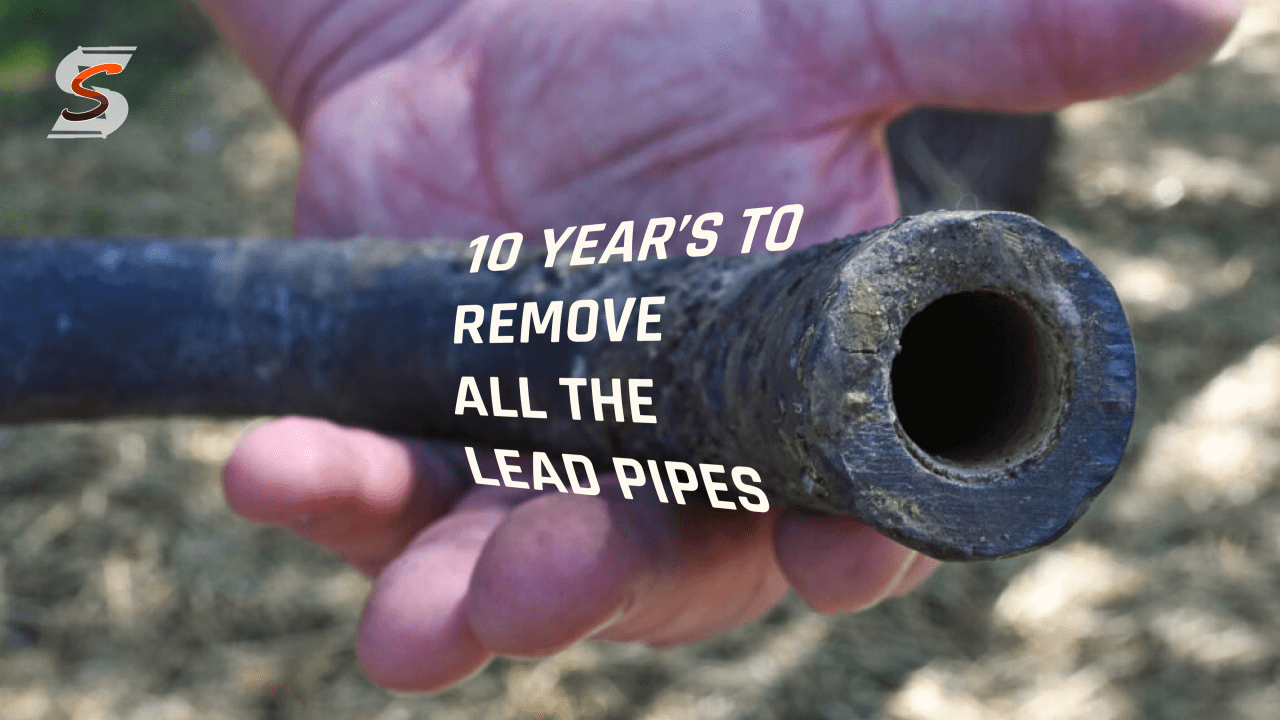
The EPA has set a bold goal: to remove most of the nation's lead service lines within the next decade. This initiative is not just about addressing a major public health issue - it’s also a remarkable opportunity for the damage prevention and utility sectors to evolve. As millions of homes still rely on outdated lead pipes, the removal effort will demand extensive excavation, utility locating, and collaboration across municipalities, contractors, and damage prevention professionals. The question isn’t whether we’re prepared - it’s how we can rise to the challenge and make the most of this once-in-a-generation opportunity.
Understanding the Scope
Lead pipes, installed throughout the early 20th century, pose severe health risks. Lead contamination in drinking water can cause serious developmental issues in children and various health complications in adults. The EPA’s Lead and Copper Rule Revisions (LCRR), effective in October 2024, aim to remove this outdated infrastructure. Achieving this will require meticulous coordination and advanced utility mapping and excavation services, opening new avenues for the damage prevention industry.
Recent data from the NRDC revealed that around 9.2 million lead service lines remain in use across the U.S., with many areas yet to identify the materials of their pipes. This new information is invaluable for cities and damage prevention professionals as they prioritize where to begin. High concentrations of lead pipes in states like Illinois, Ohio, and New York underscore the urgency - but also the immense opportunity.
Targeting Resources with New Mapping Data
The NRDC’s detailed map shows where lead service lines are concentrated and highlights areas with unknown pipe materials. This data empowers municipalities to focus their resources where they’re needed most, and it provides damage prevention professionals with a roadmap for planning their excavation and utility locating efforts.

By being proactive, contractors, locators, and utility companies can prepare in advance for the surge in projects requiring underground excavation. This initiative isn’t just about removing lead - it’s an opportunity to build something better, a more accurate and safer underground infrastructure.
Seizing the Moment: Opportunities for Growth Beyond Lead Pipe Removal
The lead pipe removal initiative represents a powerful growth opportunity for utility companies, contractors, and damage prevention professionals. It’s a chance to expand services, improve utility mapping, and contribute to a safer, more efficient underground network.
1. Expanding Services and Capabilities
As the need for utility locating and excavation grows, companies can broaden their scope by offering more comprehensive services. Rather than simply focusing on lead pipes, contractors should use this time to map all utilities they encounter, providing municipalities with detailed underground data that will serve future projects. Utilocate is ready to help catalog all this data.
With advanced GIS and data integration, firms can offer cities updated maps that improve planning and safety for years to come. This proactive approach will not only enhance service offerings but also position companies as key partners in the lead pipe removal effort and beyond.
2. Contributing to a Shared Map Project like SUMDEx
The lead pipe removal initiative offers the perfect moment for collaboration through platforms like SUMDEx. Every lead pipe replacement can simultaneously update a broader underground map, creating a unified database that reduces future discrepancies and boosts safety across the industry.
Contributing to a shared mapping platform will benefit all parties:
- Contractors will have access to more accurate data, streamlining future jobs.
- Municipalities will gain a clearer view of their underground infrastructure, enhancing city planning and emergency responses.
- Utility companies will reduce risks and cut costs by avoiding unnecessary utility strikes.
3. Future-Proofing Infrastructure with Better Data
The lead pipe removal process presents a unique opportunity to gather data that will make future projects smoother and more cost-effective. By carefully mapping all utilities during this process, companies can help future-proof the nation’s infrastructure.
Better data means fewer utility strikes, fewer delays, and reduced repair costs. In addition, accurate mapping can lower insurance premiums for contractors and municipalities, offering long-term financial benefits.
4. Public-Private Collaboration: Driving Innovation
The scale of this initiative opens the door to new public-private partnerships. As municipalities work to meet the EPA’s deadline, they’ll be looking for private companies with the expertise, technology, and foresight to offer not only lead pipe removal but also utility mapping, data collection, and innovative safety solutions.
This could spur advancements in how utility data is shared and maintained. Companies that leverage AI-powered mapping tools, augmented reality overlays, and utility ticket management systems like Utilocate will be at the forefront of this revolution, offering streamlined processes and improved risk mitigation.
Preparing for the 10-Year Surge
With the EPA’s 10-year deadline looming, damage prevention professionals and locators will play an essential role in ensuring the lead pipe removal initiative stays on track. Advanced technologies like AI-powered utility maps and augmented reality overlays will be crucial in reducing discrepancies in utility locations, ensuring all infrastructure is properly accounted for before digging begins.
The scale of this initiative means the pace of work will be relentless, but it’s also an unprecedented opportunity for companies to demonstrate their value and efficiency. By embracing new technologies, training staff, and working collaboratively with municipalities, contractors can seize the moment to play an instrumental role in the country’s largest public health infrastructure effort in decades.
Seizing the Moment
The next 10 years will be transformative for the damage prevention industry. The convergence of public health needs, infrastructure improvements, and technological advancements offers a rare opportunity to not only replace hazardous lead pipes but also build a smarter, safer, and more efficient underground infrastructure network. By expanding services, improving data accuracy, and contributing to platforms like SUMDEx, damage prevention professionals and utility contractors can seize this moment to drive lasting change, ensuring a more reliable and future-proof system for generations to come.
Share this Post

